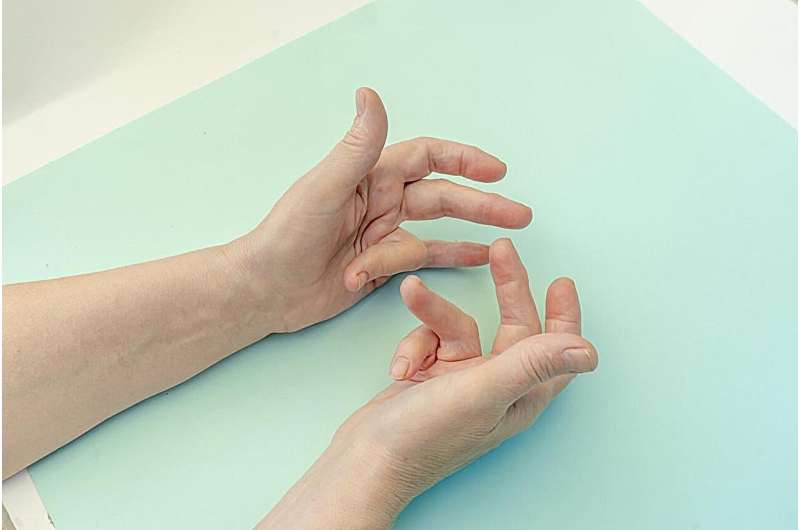A recent study published in the New England Journal of Medicine explored the efficacy of collagenase injection compared to limited fasciectomy for the treatment of moderate Dupuytren’s contracture. While the results indicate collagenase was not found to be non-inferior to the surgical approach, the findings provide valuable insights into the management of this debilitating hand condition. Dupuytren’s contracture is a progressive disorder that affects the connective tissue in the palm, causing the fingers to bend inward.

Comparing Collagenase and Surgical Interventions
The study, led by Dr. Joseph Dias from Leicester General Hospital in the UK, was a pragmatic, randomized, controlled, noninferiority trial that compared the outcomes of collagenase injection and limited fasciectomy in individuals with moderate Dupuytren’s contracture. The primary outcome measure was the patient-reported score on the Patient Evaluation Measure-Hand Health Profile (PEM) at one year after treatment.
The results showed that the mean PEM score at one year was 17.8 in the collagenase injection group and 11.9 in the limited fasciectomy group, with an estimated difference of 5.9 points. This difference did not meet the predefined criteria for noninferiority, indicating that collagenase was not found to be non-inferior to the surgical approach. At the two-year mark, the estimated difference in mean PEM scores increased to 7.2 points.
Considering Complications and Recurrence Rates
In addition to the primary outcome, the researchers also examined the safety profiles of the two treatments. Moderate or severe complications were reported in 1.8% of the collagenase injection group and 5.1% of the limited fasciectomy group. However, the recurrence rate was significantly higher in the collagenase injection group, with 14.6% of patients requiring reintervention due to recurrent contracture, compared to only 3.4% in the limited fasciectomy group.
These findings suggest that while collagenase injection may be associated with fewer immediate complications, the long-term efficacy may be inferior to the surgical approach. Patients and healthcare providers should carefully weigh the trade-offs between the two options when making treatment decisions for Dupuytren’s contracture.
It’s important to note that the study was conducted in the UK, and the results may not be directly generalizable to other healthcare systems or patient populations. Further research is needed to validate the findings and explore potential factors that may influence the comparative effectiveness of these interventions.
Implications for Clinical Practice and Future Research
The findings from this study have several implications for the management of Dupuytren’s contracture. Clinicians should be aware that collagenase injection may not be a suitable alternative to limited fasciectomy for all patients with moderate Dupuytren’s contracture, particularly when considering long-term outcomes and the risk of recurrence.
Future research should focus on identifying specific patient or disease characteristics that may influence the relative effectiveness of collagenase and surgical interventions. Additionally, studies exploring the cost-effectiveness of these treatments, as well as patient preferences and shared decision-making, could provide valuable insights to guide clinical practice and improve patient-centered care for Dupuytren’s contracture.
